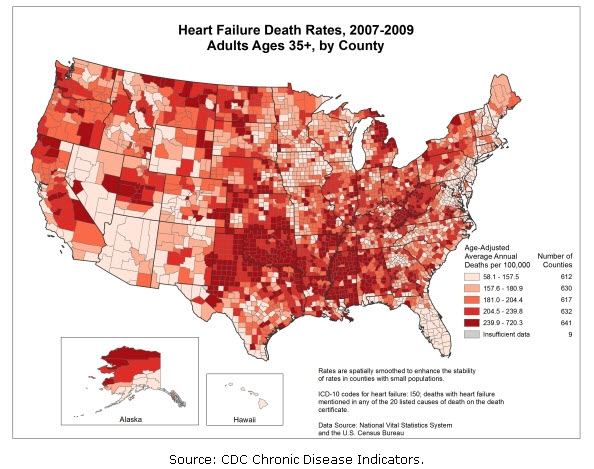Mothers who are prescribed antiepileptic drugs during pregnancy are at increased risk of giving birth to a child with difficulties with motor development, language skills, social skills, and autistic traits
Children exposed to anti-seizure medication in the womb have a higher risk of suffering from early developmental issues according to a study led by Dr. Gyri Veiby from Haukeland University Hospital in Bergen, Norway.
The study covered a 9 year time frame and looked at the risk of adverse outcomes in children according to epilepsy in the mother or father, and with or without antiepileptic drugs (AEDs) exposure in the womb. At 18 months, the children exposed to AEDs in utero had increased risk of abnormal gross motor skills and autistic traits and at 36 months an increased risk of abnormal gross motor skills, sentence skills, and autistic traits compared to unexposed children.Further analysis determined that AED-exposed children had increased risk of birth defects compared to children not exposed to the drugs in utero.
 New York Personal Injury Attorneys Blog
New York Personal Injury Attorneys Blog




